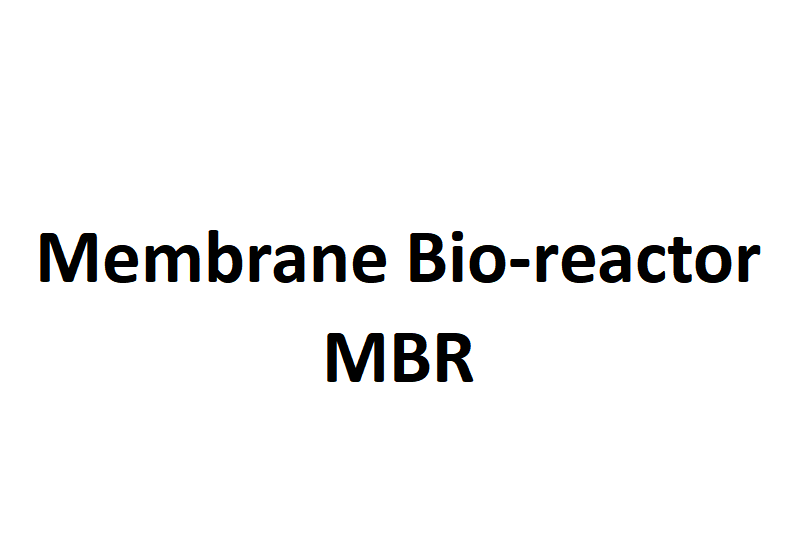Classification and Process Removal Characteristics of MBR
Classification of MBR
- Classification of Membrane Module
According to the classification of membrane modules, it can be divided into four types: plate and frame type, roll type, tubular type and hollow fiber type. Among them, the hollow fiber type has the highest packing density and the lowest investment, while the tubular type has the lowest membrane fouling speed due to the cross-flow filtration method, but the hollow fiber fouling is the fastest.
- Classification of Operating Process Conditions
For the same type of MBR membrane module, it can be used in the process of anaerobic activated sludge and aerobic activated sludge.
-
- Anaerobic MBR process (AnMBR) can be simply defined as the process of microbial degradation of pollutants using membrane filtration to achieve solid-liquid separation under anaerobic conditions. The treatment principle is similar to the anaerobic activated sludge method, the main difference is the type of anaerobic microorganisms and the characteristics of relying on the effluent of membrane modules. Since AnMBR can maintain a long SRT, the sludge yield is low, the anaerobic degree is high, the pollutants are completely degraded, and the effluent quality is good.
- Aerobic MBR is based on the aerobic activated sludge method, organically combines membrane separation technology with traditional wastewater biological treatment technology, and adds membrane groups and related accessories, which greatly improves the solid-liquid separation efficiency; The increase of sludge concentration and the emergence of special bacteria (especially dominant bacteria) in sludge increase the rate of biochemical reaction; at the same time, by reducing the F/M ratio, the amount of excess sludge produced (even to 0) is basically solved. There are many outstanding problems in the traditional activated sludge process.
Process Removal Characteristics of MBR
- Properties for Removal of Organic Matter
Compared with the traditional activated sludge method, MBR has a stronger ability to remove organic matter. In the traditional activated sludge method, due to the limit requirement of the sedimentation surface load of the sedimentation tank, the sludge concentration of the system has a maximum value, and it cannot continue to improve the sludge. The removal rate of MBR is usually as high as 90% or more, the effluent can achieve the standard of reuse water, the sludge load is low, the hydraulic retention time is short, the treatment scale is large, and the organic matter concentration The raw water with a large change range has a good impact load resistance effect.
- Properties of Denitrification
The traditional denitrification method is based on the nitrification and denitrification processes, mainly including two-stage denitrification and single-stage denitrification (from the perspective of spatial layout). The denitrification tasks are completed in sequence in the spatial relationship. Single-machine denitrification refers to the completion of denitrification in time in a single reactor through the regulation of multiple state changes of only one reactor. For denitrification in the MBR process, there are many excellent characteristics: MBR has a long mud age, and the removal effect of ammonia nitrogen is very good, usually reaching more than 95%; the traditional two-stage MBR The removal effect of TN is also more than 80%.
- Properties for Removal of Phosphorus
The biological method of phosphorus removal mainly absorbs excess phosphorus from the sewage by microorganisms such as phosphorus accumulating bacteria, stores it in the microbial body in the aggregated state, and through the proliferation of microorganisms, forms a nutrient containing more phosphorus in the microbial body than before treatment. The sludge is finally discharged to achieve the phosphorus removal effect.
However, the mud age of MBR is longer, so the phosphorus removal from the traditional activated sludge method is slightly inconsistent with the MBR process for phosphorus removal. There are many studies on MBR phosphorus removal, most of which use anaerobic/aerobic alternation, combined with pretreatment or advanced treatment, and the phosphorus removal can be more than 90%.



